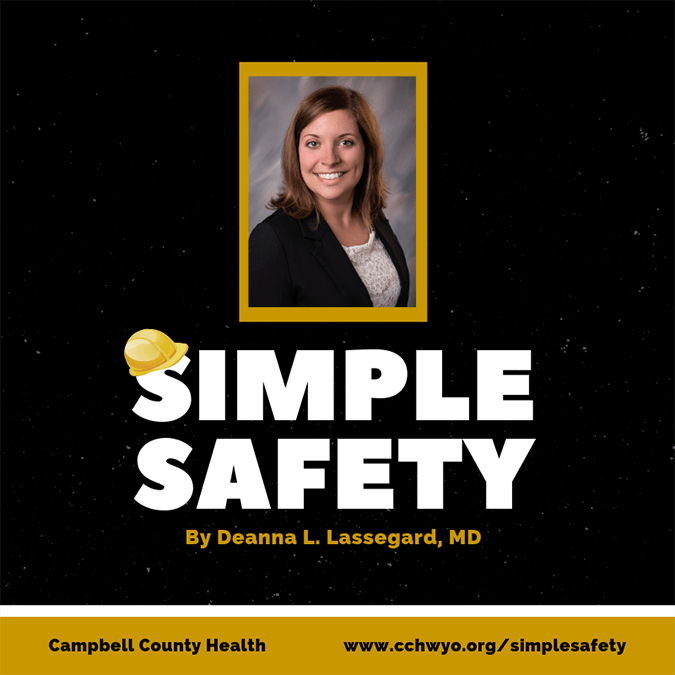
As summer nears and temperatures climb, I want to talk about water safety.
Drowning is a silent event—it happens quickly and quietly. According to the
Centers for Disease Control and Prevention:
- Drowning is responsible for more deaths among children age 1-4 than any
other cause except birth defects. Among those, 1-14 fatal drowning remains
the second-leading cause of unintentional injury-related death behind
motor vehicle crashes.
- For every child who dies from drowning, another five receive emergency
department (ED) care for nonfatal submersion injuries.
- More than 50% of drowning victims treated in EDs require hospitalization
or transfer for further care—compared with a hospitalization rate
of about 6% for all unintentional injuries. These nonfatal drowning injuries
can cause severe brain damage that may result in long-term disabilities
such as memory problems, learning disabilities, and permanent loss of
basic functioning (e.g., permanent vegetative state).
One safety device is often not enough to prevent tragedy. Water safety is about
LAYERS of safety. Playing in water is a fun part of summer, and with a few of
these tips below, it can be safe as well.
-
Use extra security measures with pools. Permanent pools should be secured with four sided fencing and pool alarms.
Small temporary pools should be drained and stored daily, and not left out.
-
Teach children to swim. Knowing how to swim is a lifelong safety lesson.
-
Children can drown in inches of water in seconds, usually just a few feet from safety, usually without screaming or splashing.
Adults must always supervise children in and near water. I have a personal
family water policy of one adult to one child. Each child is paired with
an adult who is responsible for that child during our entire water day.
It is so easy to get caught up in the fun and chaos of swimming and lose
sight of a child. The best way to ensure their safety is an adult with
them at all times.
-
Use coast guard approved safety jackets and devices. Don’t use air-filled or foam toys, such as water wings, noodles,
or inner-tubes instead of life jackets. These are toys not life jackets,
and are not designed to keep swimmers safe.
-
Extra tip: Water safety extends beyond summer and into the home as well. Never leave
buckets of water around small children and never leave a child in the
bath unattended.
Deanna L. Lassegard, MD, is an
Emergency Physician at
Campbell County Memorial Hospital in Gillette, Wyoming. Our resident safety expert, Dr. Lassegard writes
monthly Simple Safety blogs for Campbell County Health. Check them out at
www.cchwyo.org/simplesafety.